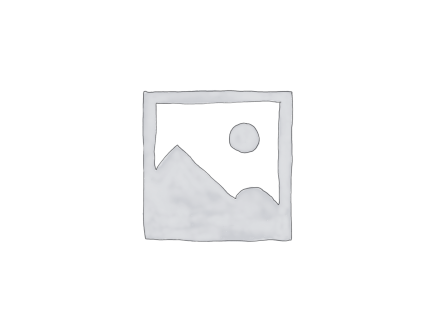2018-2022 Ford Transit 150 250 350 Upper Strut Bracket Mount Insulator
If you’re the owner of a 2018-2022 Ford Transit 150, 250, or 350, you know that this vehicle is a workhorse that is designed to perform in even the toughest conditions. However, if you’ve noticed that your upper strut bracket mount insulator is worn or damaged, it can compromise the performance and safety of your Transit. That’s why we recommend upgrading to the Genuine OEM 2018-2022 Ford Transit 150 250 350 Upper Strut Bracket Mount Insulator.
Installation Instructions:
Replacing the upper strut bracket mount insulator on your 2018-2022 Ford Transit 150 250 350 with the Genuine New Insulator (part number specific to your vehicle) is a simple job that can be done with basic tools and a low level of automotive repair skill.
Tools needed:
- Jack and jack stands
- Socket wrench set
- Torque wrench
Step-by-step instructions:
- Begin by ensuring that your vehicle is parked on a flat and level surface and the parking brake is engaged.
- Use a jack to lift the front of your vehicle and support it with jack stands.
- Locate the upper strut bracket mount insulator on your vehicle. It is located on top of the strut assembly.
- Use a socket wrench to remove the nuts that secure the old insulator to the strut assembly.
- Carefully remove the old insulator and set it aside.
- Take the new Genuine Ford Insulator and carefully align it with the mounting points on the strut assembly.
- Insert and tighten the nuts with a torque wrench to the manufacturer’s recommended torque specifications. This is important to ensure the new insulator is securely attached to the strut assembly.
- Carefully lower the vehicle off the jack stands and onto the ground.
- Test that the new upper strut bracket mount insulator is securely attached and there is no looseness.
- Repeat the process for any additional upper strut bracket mount insulators that need to be replaced.
This installation should take less than 1 hour to complete. If you have any questions or concerns, please refer to your vehicle’s owner’s manual or seek assistance from a qualified automotive technician.












